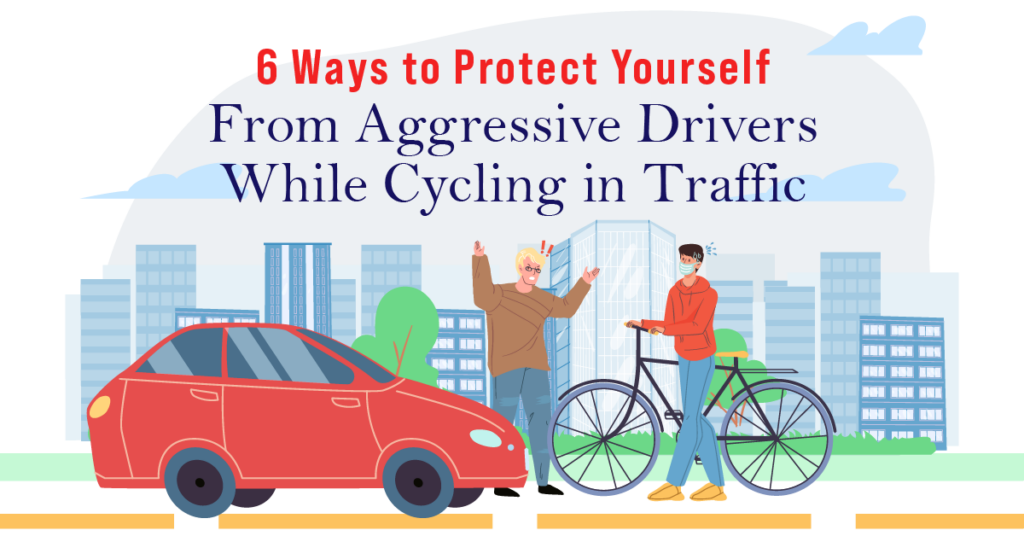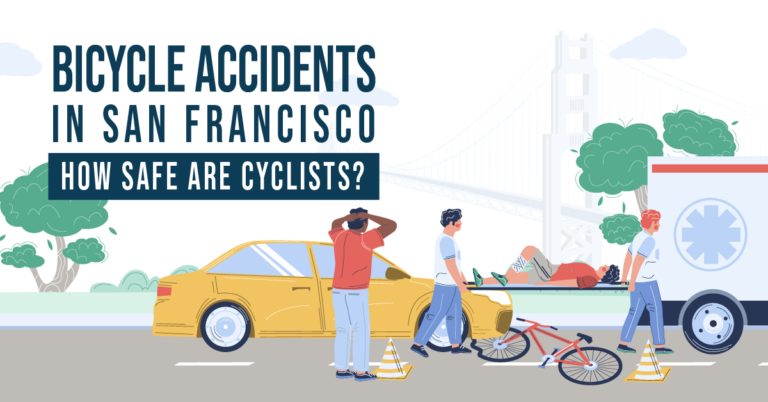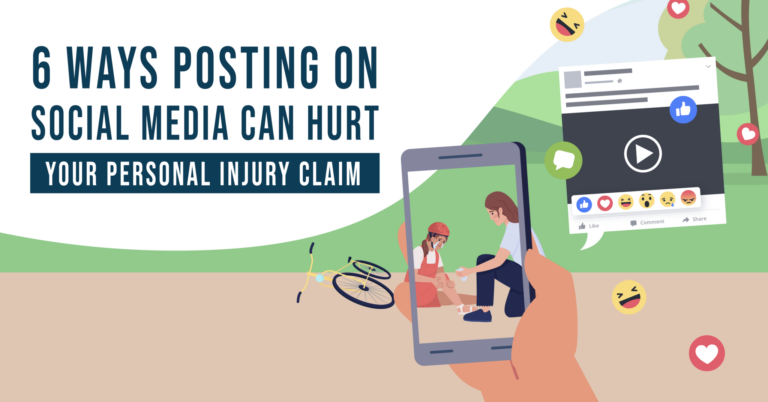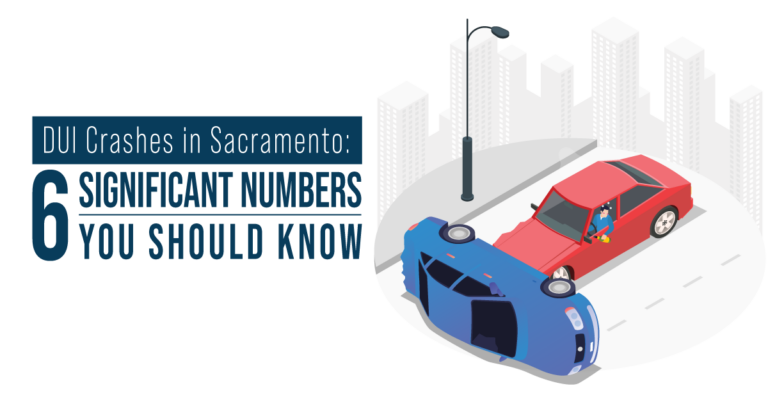
Driving requires patience and due diligence, especially since it concerns dealing with other motorists and people’s lives are involved. While most drivers are understanding and polite, others tend to be aggressive. They engage in road rage, cutting off cyclists or even running them off the road.
Luckily, there are ways to reduce the risk of getting into a potentially heated confrontation and to pursue a legal case against a driver who injured you (hint: Tip Number 6 in this article is absolutely critical!).
Let’s discuss some cycling safety tips to protect yourself from aggressive drivers and a possible accident while cycling in traffic.
California’s 3-Foot Passing Law
The state of California enacted the Three Feet for Safety Act in 2014. The law requires motorists to give cyclists three feet of clearance when passing them from behind. If providing three feet of clearance is not possible due to traffic or road conditions, the driver must slow down and proceed only when deemed safe. The law applies when a driver passes a bike from behind in the same lane and direction of travel or an adjacent bike lane.
Violation of this law is punishable by a $35 base fine if it does not result in an injury. Once the court and administrative fees are added, the fine can run from $233 to $235. If the infraction results in an injury to the cyclist, it can reach $935 ($220 base fine plus court fees).
Judges have discretion in adjusting the amount of the fines. Hence, the actual amount could vary from case to case.
6 Tips to Defend Yourself Against Aggressive Drivers
No matter how careful you are, confrontation with an aggressive driver may still arise. The situation can induce panic, causing you to lose your composure. However, there are ways to handle things properly and avoid them from getting out of hand.
The following are biking safety tips to defend yourself against aggressive drivers.
1. De-escalate the situation
Responding with obscene words or gestures may be the default response for most people when confronted by an aggressive driver. However, not only is this ineffective but also not a smart move, as it can affect your insurance claim later on.
You do not know what’s going on in the irate driver’s mind or if they are armed, which puts you at a disadvantage. When verbally confronted, diffuse the situation by not arguing even if you’re right. Keep in mind that also being aggressive will not make an already heated argument go from bad to good.
2. Keep your cool
Maintaining a calm demeanor can benefit you in defending yourself against an aggressive driver. It’s best to walk away from the situation and find a safe place to stay until authorities arrive.
Keeping your cool lets you focus on things that will help your claim later on. For instance, you can take note of relevant details like the car’s license plate number and possible witnesses. This information can help your bike accident attorney build your case if a lawsuit ensues.
3. Use the bicycle’s mobility to your advantage
Bikes are agile, and you can use them to your advantage by navigating narrow alleys and structures inaccessible to cars. This can also help with your claim. For instance, you can get inside a building with your bicycle or enter a building lobby with people who can serve as witnesses.
If the angry driver becomes physically aggressive and you’re unable to reach a safe place, do whatever it takes to prevent the situation from escalating. The goal is to avoid provoking the driver by your language or actions.
Call 911 immediately and stay on the line until the police arrive. Note that a police report is one of the requirements in filing an insurance claim. Hence, make sure the police have a record of the incident.
4. Defend yourself reasonably
While it is encouraged to avoid any altercation with the driver, it doesn’t mean you don’t have the right to defend yourself. If you’re subjected to a physical attack or in danger of being attacked, you have the right to protect yourself. However, there are legal limits on what constitutes self-defense.
Under the law, every aspect of self-defense must be reasonable. A person is considered to have acted in self-defense if they reasonably believed that they were in danger of suffering great bodily injury or being killed, hence the use of force to protect themselves.
Keep in mind that a judge and jury will also assess your actions and words during the incident. As such, make sure that your act of self-defense is justified.
5. Gather as much evidence as you can
During the incident, it’s crucial to gather as much evidence as you can. As mentioned, this includes the driver’s plate number, names of witnesses, and photos of the scene. If it all leads to a legal battle, presenting the evidence can significantly help your case, helping you get the compensation you deserve. Some bicyclists mount GoPro-style cameras on their helmets. Footage from these devices can be invaluable in proving an injury claim in court, especially if a motorist incapacitates you physically.
6. Be sure you have uninsured motorist coverage
This point cannot be stressed enough. There have been instances of cyclists getting badly injured by drivers who have insufficient insurance or no insurance at all. In California, the minimum insurance required for motor vehicle drivers is only $15,000 per claimant and $30,000 per incident no matter how many claimants are involved. Because auto vs bicycle claims are often severe, in a case involving low insurance limits, the cyclist may not be compensated for their injuries.
However, if the cyclist has Uninsured/Underinsured Motorist (UM/UIM) insurance for their own car, they can be compensated under the terms of that policy. This is something most cyclists have no idea about, because it seems counterintuitive that you could use your own car insurance to pay for injuries that occurred while that vehicle was parked in your driveway!
Typically, this type of insurance provides coverage for medical injuries, pain and suffering, and other legal damages that exceed the underinsured driver’s insurance. In essence, the cyclist’s UM/UIM insurance supplements the driver’s inadequate insurance or lack thereof.
UM/UIM insurance is affordable and probably one of the least costly types of auto insurance. Having this can save you from potential substantial expenses in case of a bike accident. You can sometimes even be covered by a family member’s UM/UIM policy without even knowing about it, so it’s a good idea to consult with a personal injury lawyer to help you investigate after a bicycle incident, even if you think you have no coverage.
Cutting the Cycle
Numerous cases of road rage have unfortunately led to injuries and casualties. By staying vigilant and keeping your composure during this volatile situation, you can protect yourself and avoid potential physical attacks or collisions.
If you’re a cyclist who has been injured in an auto accident and need a bike accident lawyer to work your case, reach out to us at RMD Law. We can help you build your case so you can get the compensation you deserve. Contact us for a free case evaluation.
- Bicycle Accidents in San Francisco: How Safe Are Cyclists? - July 10, 2023
- 6 Ways Posting on Social Media Can Hurt Your Personal Injury Claim - July 5, 2023
- DUI Crashes in Sacramento: 6 Significant Numbers You Should Know - July 3, 2023


